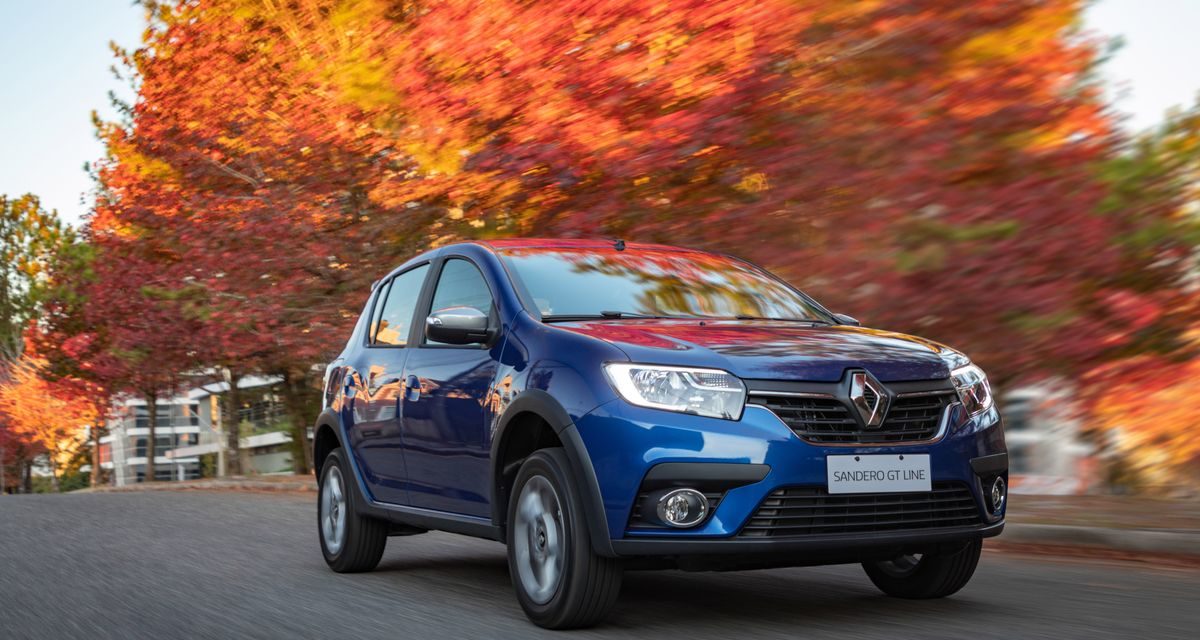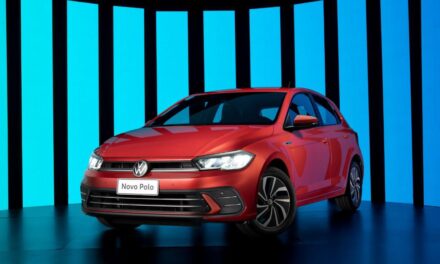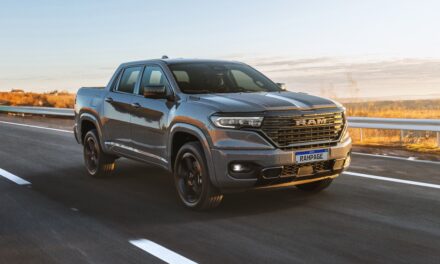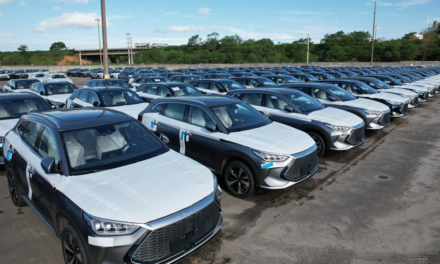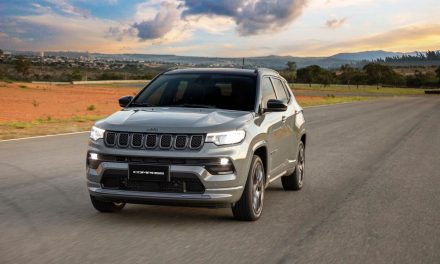By George Guimarães | 04/10/23 | Translated by Jorge Meditsch
Renault leaves a difficult time in the Brazilian market. The French brand that has even fought for upper positions in internal sales has lost space in the last three years after achieving, in 2019, a record 9% share, the best since it began to produce in São José dos Pinhais, PR, 25 years ago.
In the first quarter of 2023, it sold 26.3 thousand automobiles, pickups and vans. With a 6% share, it’s the seventh bestselling brand after Jeep (7.1%), with no light commercials in its portfolio.
In 2023, Renault did not even repeat the weak performance of the same period last year and saw its deliveries fall by 1% as the market grew an average of 16.6%.
There is no secret about what took the brand to shrink. The product lineup has aged and is being reduced, especially since 2022, when the Captur SUV production ended, and Logan and Sandero almost vanished from the dealerships.
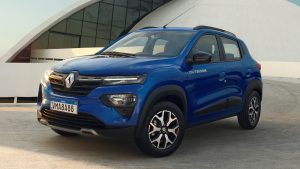
A product originated from the Romanian Dacia, the Sandero was revealed in 2007 and started a drastic change in the brand portfolio in Brazil, but isn’t more present on the brand’s website, unless as the Stepway – originally an “adventurer” top-of-line version. The logan sold just 580 units in the first quarter of 2023.
The newest car in production is the Kwid, in the market for six years and that went through a well-succeeded facelift in 2022. With 13.8 thousand units sold from January through March, the compact was responsible for more than half of Renault’s deliveries in 2023.
The dependence on the Kwid is evident when only automobile sales are considered. In this case, the hatch’s share reaches 64% of the 21.7 thousand deliveries.
This share has grown each year since the pre-pandemic time. From 39% in 2019, it went to 41% in 2020, 50% in 2021 and 55% last year.

A discreet Kwid’s shadow is another resistance hero. The Duster, once more elevated to Renault’s most sophisticated model in Brazil after the non-officialized end of the Captur, sold 5.7 thousand units in the trimester.
Those are just 700 units more than in the first three months of 2022, an evolution under the SUV segment average.
A trend reversal, anxiously awaited by consumers and dealers, should come with two imported electrified models and the SUV segment, still in 2023. And the possible replacement of the Duster, launched in October 2011.
A NEW PHASE?
The manufacturer even anticipated it intends to produce in Paraná a compact SUV over the CMF-B platform from the Renault-Nissan-Mitsubishi alliance, with a three-cylinder 1.0 turbo engine. It should fill the space between Kwid and Duster in the portfolio due to the expected retirement of the Stepway.
It will be a first cousin of the Nissan Kicks. Three years ago, the Alliance announced the intention of reducing the number of platforms in Brazil from four to one and producing seven models on it between Renault and Nissan hatches and SUVs.
Luiz Fernando Pedrucci, Renault Latin America’s president, said about the new platform last year: “This decision shows the beginning of the Renovation phase of our strategic plan Renaulution in Latin America.
- SUVs ignoram desaceleração e crescem oito vezes mais do que o mercado - 6 de maio de 2025
- Jeep lança na Europa segunda geração do Compass brasileiro - 6 de maio de 2025
- Salão de Xangai norteia e antecipa oferta também para o consumo ocidental - 28 de abril de 2025

